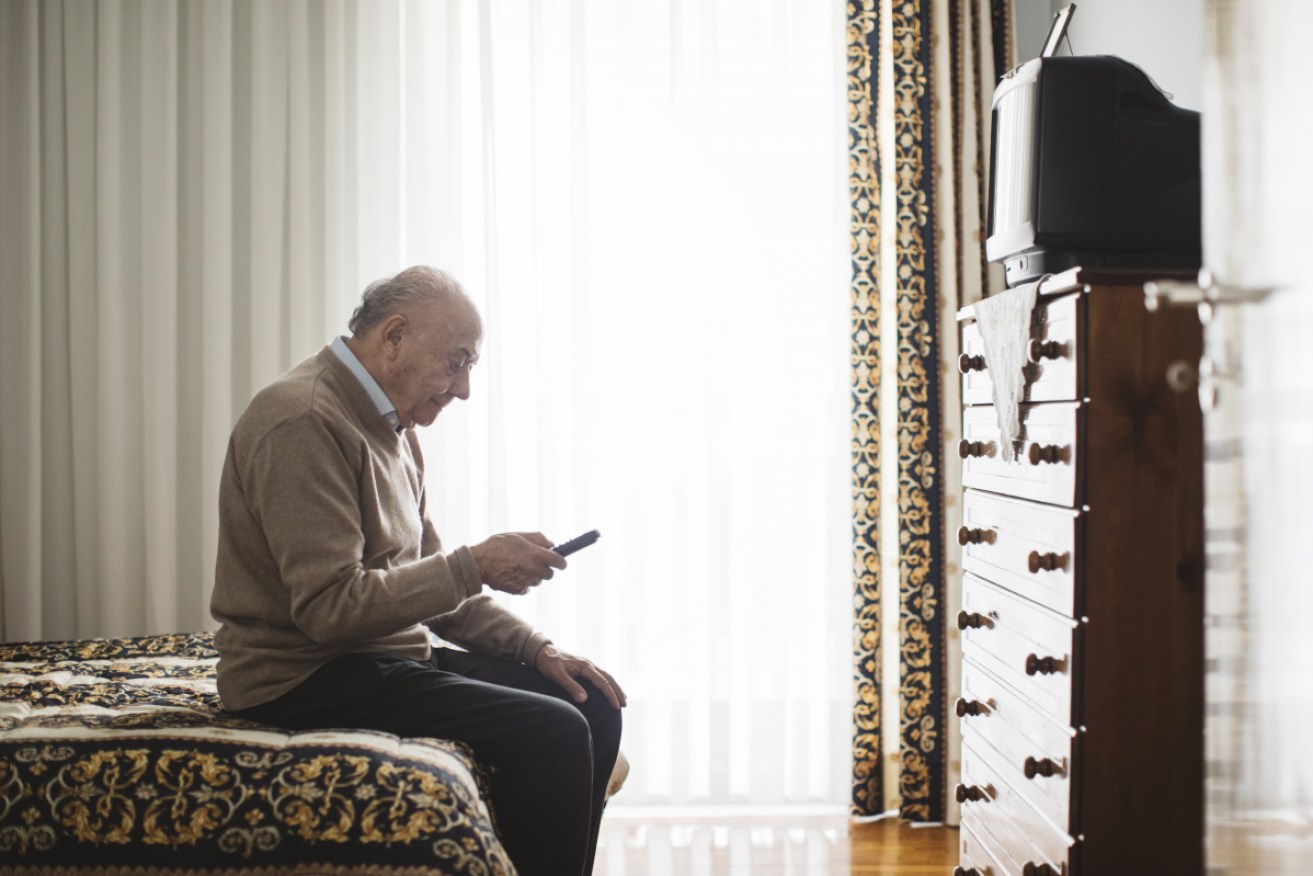Older Australians have the highest rate of rental poverty in the OECD


The situation for over 65s in the rental market is getting worse. Photo: Getty
Australians aged over 65 have the highest rate of rental poverty in the OECD as a result of the housing boom and an inequitable retirement system, new research has found.
The situation for over 65s in the rental market is getting worse, the ARC ARC Centre of Excellence in Population Research [CEPAR] at UNSW discovered.
“About 37 per cent of renters aged 64 to 74 have both a low income and pay more than a third of it in rent in 2019, up from 21 per cent in 1996,” CEPAR senior research fellow Rafal Chomik said.
The chart shows that for younger workers, except those under 24, the percentage of people paying more than 30 per cent of income in rent has not changed in the 20 years to 2016.
However, for those 55 and above, the change has been marked.
Rent assistance lags
That is largely because rent has grown far quicker than retirement incomes.
“The thing about the pension is that the payment is the same for both owners and renters,” Mr Chomik said.
While Commonwealth rent assistance is available to low-income renters “rent assistance increases with the CPI while rents have gone up much faster than that”, he said.
CEPAR research found that the number of older Australian renters in relative poverty was 42 per cent, the highest in the OECD. The US was second at 41 per cent.
Germany came in mid-range at 16 per cent and the Netherlands did best with only 3 per cent of older renters in relative rental poverty.
The fact that Australia has the highest poverty rate among elder renters in the OECD “doesn’t surprise me in the least”, said partner with Deloitte Access Economics Nicki Hutley.
“Our housing costs are among the highest in the world and tying rent assistance to the CPI is ridiculous – it means you’ve gone backwards.”
Working longer won’t help
“Making people work much longer [as proposed by Treasurer Josh Frydenberg last week] won’t do anything for people who don’t own a house because of the dramatic rises in house prices in recent years,” Ms Hutley said.
“We need to address affordability itself.
“A review in 2009 found that rental assistance was inadequate but the government did nothing about it,” said Ian Yates, CEO of lobby group Council on the Ageing.
The government has pointed out the decline in home ownership across the board in a recently published consultation paper for its retirement incomes review.
“Over the past 20 years, rates of home ownership have declined across all age groups,” the paper said.
“For households aged 35 to 44, the home ownership rate has fallen from around 73 per cent in 1995-96 to 62 per cent in 2017-18.
“While older households continue to have high levels of home ownership, they are increasingly approaching retirement with mortgage debt – up from 13 per cent of households aged 55 to 64 in 1995-96 to 40 per cent in 2017-18.”
The rising cost of rent is related to high population growth and migration levels that are pushing up demand for housing quicker than new, especially affordable, rental stock is being added, Mr Chomik said.
Times they are a’changing
Rising home prices, along with a range of other factors, are changing the time frames in which people experience significant life events.

Buying a first home took place at an average age of 27 back in 1971 and fell down to 24 in the 1980s as wages rose and financial deregulation made finance more available.
By 2016 as property boomed it had moved up to 33.
Significantly, the average age of paying off a mortgage jumped from 52 to 62 as prices jumped.
Home ownership changes are very significant economically.
“Home ownership serves multiple purposes and housing outcomes affect financial and personal health and wellbeing over the lifecycle,” Mr Chomik said.
“It acts as a home – the nest – as well as a store of wealth – the nest egg – to guarantee financial security in retirement.”
Social changes, like the growing access to tertiary education, have pushed the completion of education age from 17 to 21.
The average marriage age jumped from 23 to 31, where it has plateaued in recent years.
The rising marriage age appears to be driven by a range of social changes including a reduced social sanction against living out of wedlock, increased prosperity and more opportunities to travel and work abroad.
The New Daily is owned by Industry Super Holdings










